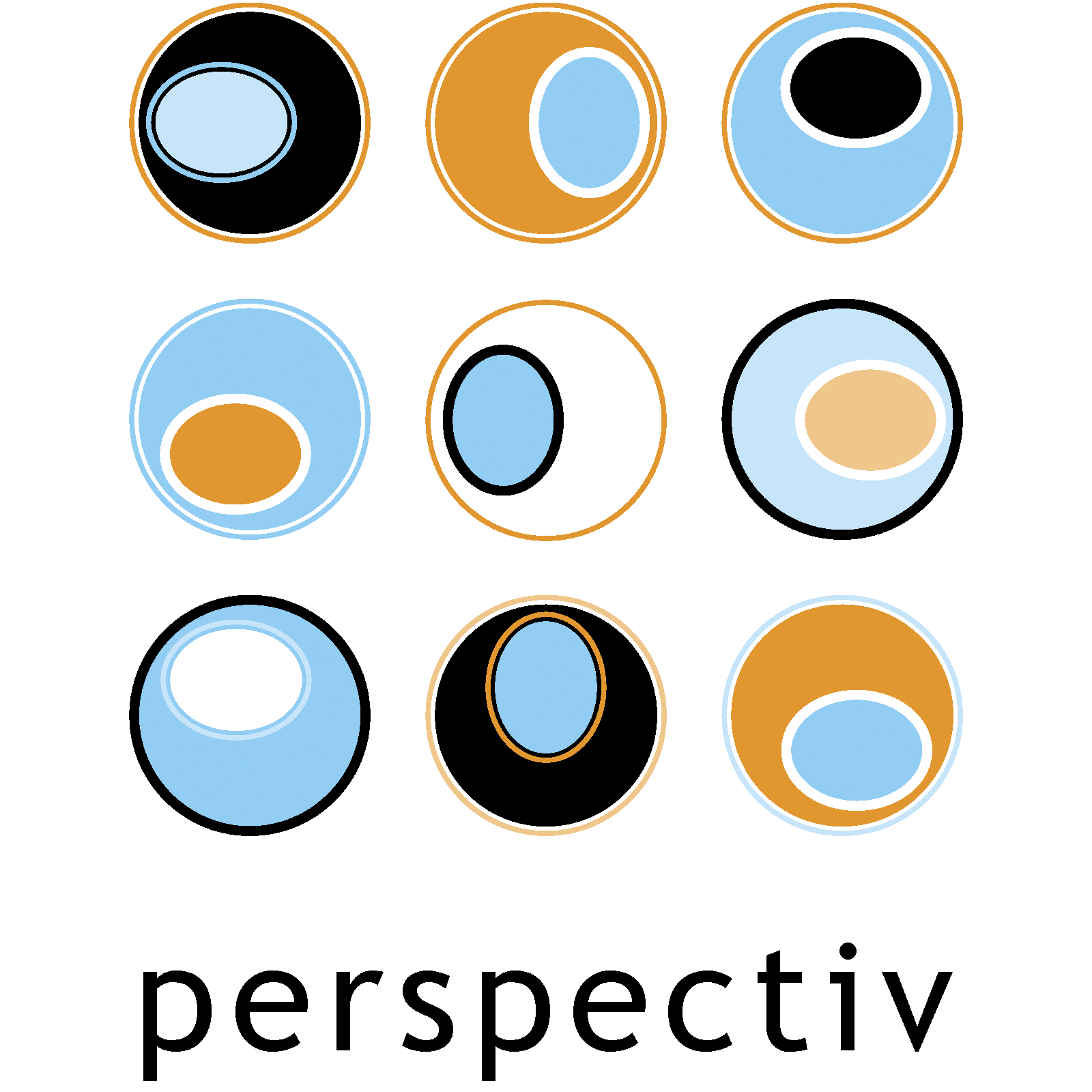How does cognitive diversity help innovation?
Effective innovation relies on people – more often than not groups of people – and people have different cognitive approaches to change, processing information and making decisions. It is this cognitive diversity that ensures organisations avoid collective blindness – 'the eyes cannot see if the mind is blind'.
Some see processes, structures and frameworks as useful, helpful and enabling. Some think they are hindrances, bureaucracy and confining. Some see a balance.
Some think improve and steady as we go. Some think revolution and disrupt. Some seek to balance both depending on the situation.
Some prefer to work together to solve a problem. Some like to gather and process information by themselves. Some do both.
Some put people’s feelings over the quality of the outcome. Some put the quality of the outcome over people’s feelings. Some integrate the two.
The traditional view was that the more obvious and visible aspects of diversity in teams such as age, ethnicity, and gender, the more creative and productive they are likely to be – but there is little to no correlation between this type of diversity and performance.
We have been researching what enables some groups to perform more effectively than others and we’ve been looking at cognitive diversity for 25 years – the differences in perspective, processing and decision-making styles.
Cognitive diversity is interesting and also very challenging. On one hand it predicts better problem solving and on the other:
Cognitive diversity is more nuanced and hidden from view
Therefore, we cannot easily see cognitive diversity from the outside. It is based on internal differences that require work to surface, harness and develop.
There are cultural barriers and biases to cognitive diversity
The second factor that contributes to struggles with cognitive diversity is biases and cultural barriers that limit the degree of cognitive diversity that is acceptable – even if they are unintended. As the saying goes, ‘we recruit in our own image’ and this means we often end up with lower cognitive diversity.
Cognitive differences are often very subtle, nuanced and difficult to appreciate. For example, people who dislike conflict may work to avoid it and those who like generating ideas may gravitate towards groups who think alike. Both end up with a kind of comfortable ‘group think’. Even people who value content diversity find it difficult to value cognitive diversity.
To achieve creativity and innovation we need to enable the different approaches to work and spark together in productive ways. As Aki Ben-Ezra, Senior Director of HR Strategy and Diversity at Adidas said:
‘For new ideas to be created we need friction and friction can only happen between people who think differently.’
And as HR Magazine noted about innovation and change in December 2018:
‘At one end stands revolutionary explorations or inventions, and at the other end evolutionary developments and adaptions. All of it is creative and innovative and neither is better than the other.’
Next steps to get more cognitive diversity
Start by compiling a cognitive profile of your team by engaging a certified professional to administer a diagnostic tool such as VIEW: An Assessment of Problem Solving Style.
People have always had cognitive differences so why is it now becoming so important to understand and nurture those differences? Today’s VUCA (volatile, uncertain, complex, ambiguous) challenges require people to work together who do not naturally understand one another and who otherwise might conflict if not united to address a challenge. If those diverse energies are not somehow harnessed, it will limit individual and organisational opportunities. If nurtured appropriately, the diverse energies can propel innovation forward.

